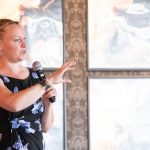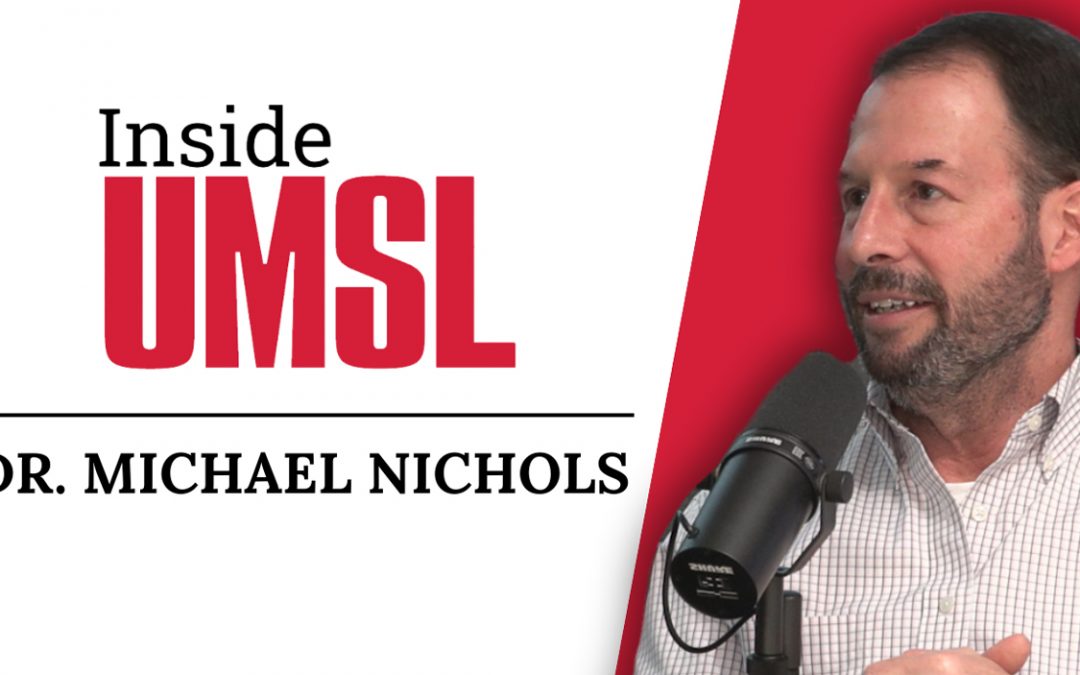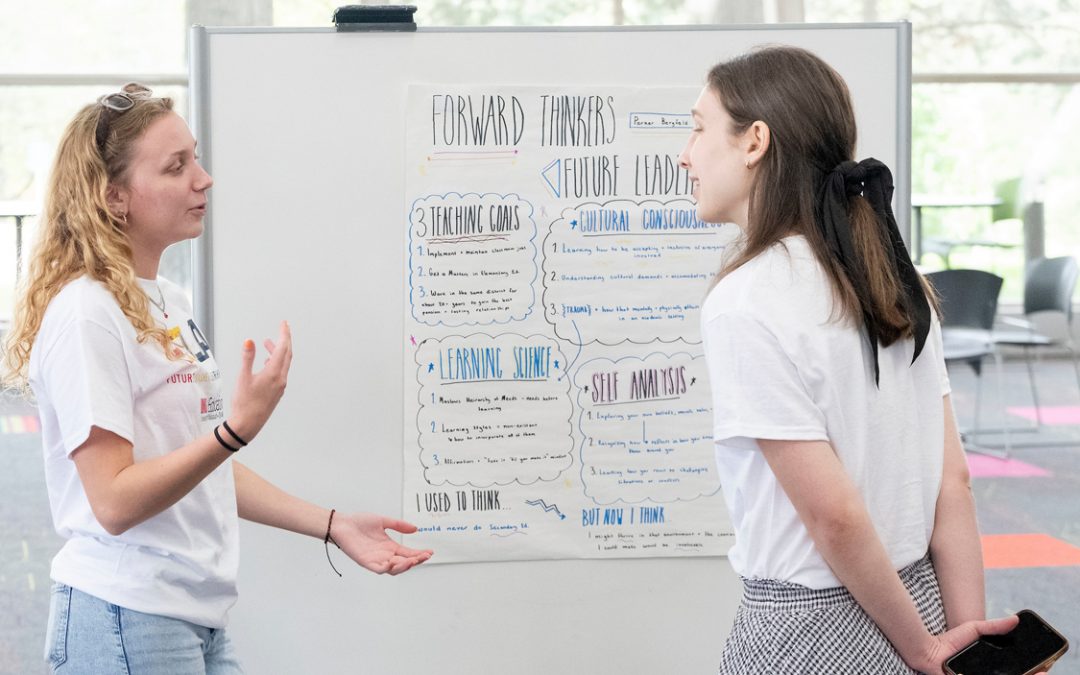
Chancellor Kristin Sobolik took part in a virtual discussion on “Creating lasting change to combat systematic racism and inequities,” put on by the Coalition of Urban and Metropolitan Universities.
The University of Missouri–St. Louis and its fellow members of the Coalition of Urban and Metropolitan Universities shares a sense of responsibility to enhance the communities in which they are located through education, research and service.
It requires them to address the challenges facing those communities head on, including the toll that both individual and systemic racism continues to play across the country. The issue has been front and center again this summer since the deaths of George Floyd and Breonna Taylor at the hands of law enforcement in Minneapolis and Louisville, respectively, earlier this year.
UMSL Chancellor Kristin Sobolik joined three other CUMU leaders – Buffalo State University President Katherine Conway-Turner, Augsburg University President Paul Pribbenow and California State University Dominguez Hills President Thomas Parham – in a virtual discussion titled “Creating lasting change to combat systematic racism and inequities.”
More than 750 higher education and community leaders registered to listen into the 90-minute discussion, moderated by PBS NewsHour journalist Fred de Sam Lazaro, last Thursday afternoon.
“I’m charged with keeping us in this moment and looking forward to see whether the George Floyd aftermath can generate measurable progress,” Lazaro said as he kicked off the conversation. “It hasn’t happened – or hasn’t happened enough – in previous such incidents dating at least in our modern period of mass media here to Emmett Till.
“Could the politics, sociology, economics, demographics or technology make things different this time?”
The four university leaders took turns sharing some of their insights.
Parham noted the media coverage of these events, which have often focused on asking members of the African American community to share their opinions. He suggested a different framework.
“The challenge is not to know in this moment, how do people feel about their own oppression?” Parham said. “You know we are angry. You know that we are hurt. You know that we are outraged. You know that we are nauseated. You know that we are, as Fannie Lou Hamer would argue, ‘sick and tired of being sick and tired.’
“But the challenge is not simply to gauge the opinions of people of color, but rather I want to turn the attention to brothers and sisters in the white community. Because what I’ve argued in my writings is that racism fundamentally is not Black people’s problem. It’s not Latinx people’s problem. It’s not Asian people’s problem. It’s not Native American people’s problem. It is white people’s problem, and we have to get our brothers and sisters in the white community to ask the question of how do you bear witness to the suffering of Black bodies, sit down silence and still maintain your humanity? If we could get some people to begin to address that, then I think we begin to move the needle along.”
Higher education institutions need to examine their own shortcomings because, even as student bodies have become more diverse over the past two decades, people of color remain underrepresented among faculty and administrators.
“We need to look at our own internal community on our campus and analyze where we are,” Sobolik said. “So, making sure that we’re leaning in and we’re engaging, and empowering diverse voices across the institution has been important.”
Pribbenow expressed similar sentiments as he thought about his own institution, Augsburg, a liberal arts university in Minneapolis affiliated with the Evangelical Lutheran Church in America. The university counts more than 3,300 students, more than 60 percent of whom are white.
“I take Thomas’ challenge quite personally,” Pribbenow said. “It’s exactly the right challenge. Racism is my problem. It is our problem as an institution that, in fact, needs to do this deep dive, and it needs to change the way we do business. I think there has to be leadership courage around some of the inherited traditions and practices that have shaped the Academy.”
That includes everything from the curriculum of its courses to the process universities use to make hires and grant tenure.
UMSL has long celebrated its diversity and has taken numerous steps to provide access and opportunity to students from underrepresented communities.
There is still room for growth, but Sobolik hopes the university can be an example for other organizations to follow.
“We are in a unique position to provide those resources and opportunities and leadership to advance the cause of racial equity in our own community as well as serve as examples for others,” Sobolik said, “because we know we aren’t alone in this.”
To view the discussion in its entirety, click on the video below.














